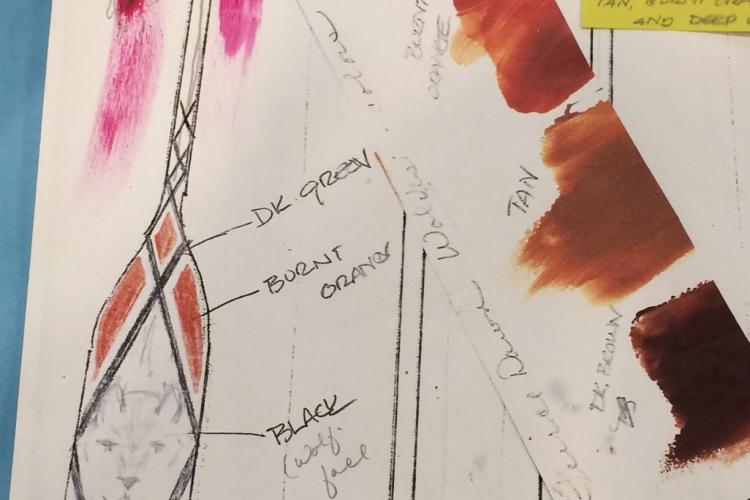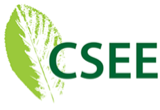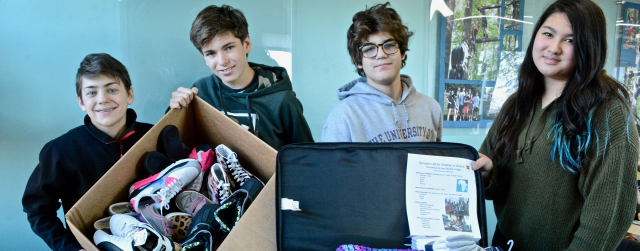
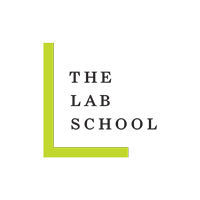
Junior High Crew
Junior High’s Crew Program
In Junior High's Crew Program, students learn about courage, responsibility, integrity, leadership, perseverance, and justice through prepared lessons, which include various hands-on and interactive activities, discussions, and games. In small groups, students can to be themselves, have fun, learn about their classmates, and talk about issues that are important to them.
What does an apology mean? Why is it important to take responsibility for your actions? How is courage contagious? In what ways does empathy make you a leader?
In fall 2018 , Lab’s Junior High introduced a new program: Crew. On a boat, crew members work as a team to keep the boat on course, through glorious days of sun and calm, and those with dark skies and roiling seas. Leaders rotate, crew members help out when needed, and questions like the ones above get answered through actions.
Crew — in the academic setting — is a place for students to be themselves, have fun, learn about their classmates, and talk about issues that are important to them. It’s designed to create a smaller community within the larger Junior High community, providing a space to help make the community stronger. Students are learning about courage, responsibility, integrity, leadership, perseverance, and justice through prepared lessons, which include various hands-on and interactive activities, discussions, and games. And, once a month, the whole Junior High gathers to discuss issues, listen to guest speakers, participate in community service projects, and celebrate.
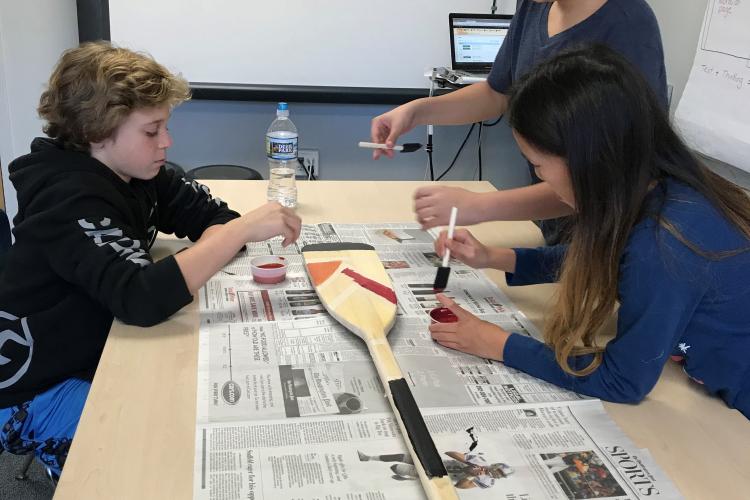
“Crew is not group therapy. To be ‘Crew’ means to pitch in to help each other, to step up and take responsibility for everyone’s well-being around you,” says Head of Junior High Jessica Lux. “Through the program, we can help our students develop more skills for navigating complex social issues, consider what it means to be a friend and part of a community, and consider who they are and want to be. It’s a safe place to bring forth ideas, concerns, and thoughts.”
Each crew group includes two leaders (teachers) and 11 students. The groups remain the same for each student’s 7th and 8th grades. “It’s important for young people to look for the reasons behind why people — including themselves — say or do what they say and do. By using open-ended questions like ‘I wonder what we’d see if …’ or ‘I wonder what that would look like if …,’ the leaders can help the group ponder behaviors and perceptions of their own and others,” says Crew Consultant Jamila Sans who collaborated with Junior High administrators and teachers to develop the Crew Program to fit Lab’s population and culture.
Each of the twice-weekly meetings start with Announcements, Apologies, and Acknowledgements. These can range from one student apologizing to another, face to face, for making an unkind joke to a student acknowledging a team win or the non-complaining attitude of a teacher on crutches. Crew members use a talking stick as a way for people to work on their listening skills and to learn to respect each other’s voices.
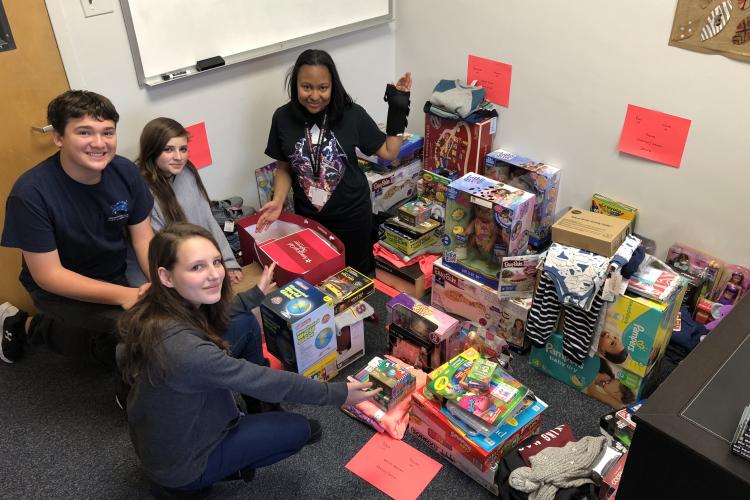
As a next step from and extension of Responsive Classroom — a teaching method that emphasizes the social, emotional, and academic growth of students in a strong and safe learning environment, included in the Elementary and Intermediate curricula — Crew helps the groups of students and staff who meet together to support and push each other in school, and in life. One activity may be working together to unwind a human knot. Another may entail watching a video about integrity called “What Would You Do [if no one was watching]?” as a catalyst for talking about difficult issues like bullying or judging people based on their appearances. Another, using a piece of paper as a metaphor for a person, may involve figuring out how a flimsy piece of paper can hold up a book by folding it a certain way to turn its weaknesses into strengths.
“The group leaders model behavior around these core values and through what they bring to the group — energy level, authenticity, and the ability to be strong and vulnerable simultaneously — the students follow suit and get more comfortable with each other and themselves, even when dealing with complex or ‘scratchy’ topics,” says Ms. Lux. “Already, we hear kids using the Crew language or referencing some of what they’ve learned. I heard one student in class (not Crew) encouraging another student to take an academic risk like they had done at a ropes course earlier in the year — a kick-off event the whole Junior High participated in as a crew to encourage team building and challenge boundaries.”
“Stepping out of one’s comfort zone can be … uncomfortable, especially for students during the challenging and awkward middle school years,” says Ms. Lux. “Through the Crew curriculum — which emphasizes the importance of being thoughtful, empathetic, and purposeful people — we are creating an even greater ‘family within a family’ here at The Lab School … and leaving behind us an ever growing legacy of kindness.”
